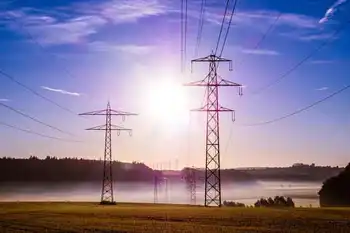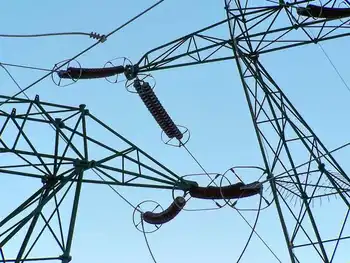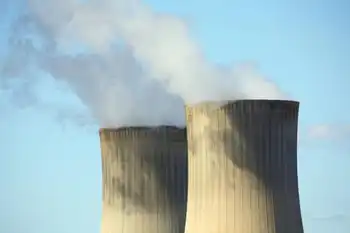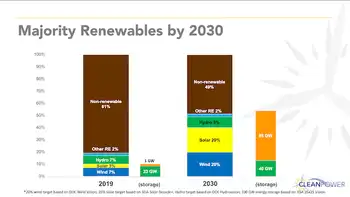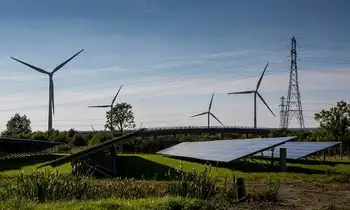Korea to bankroll “smart” Chicago buildings
By Chicago Tribune
Protective Relay Training - Basic
Our customized live online or in‑person group training can be delivered to your staff at your location.

- Live Online
- 12 hours Instructor-led
- Group Training Available
The technology is being bankrolled by an unusual source: The Republic of Korea, which, under a complex agreement to be signed today, has agreed to install energy-saving equipment in up to 14 Chicago buildings during the next few months. Korean officials have pledged to pay millions to Illinois colleges for research and development efforts related to “smart grid” technology.
The Koreans have agreed to invest between $10 and $20 million in the buildings project and upwards of $25 million that would include money for research and development related to smart grid.
The organization that represents most of ChicagoÂ’s downtown buildings said if the project were expanded to the entire downtown, the energy savings would be enough to shutter a coal-fired power plant. The project is a first-of-its-kind attempt to position Illinois as an industry leader in smart grid efforts, which some ambitiously predict could become an engine for high-paying jobs.
Korea has already invested billions in the technology and is wiring homes and buildings in the south island of Jeju as a demonstration project and plans to expand its smart grid to the entire country by 2030.
In Chicago, people who work in the skyscrapers might not notice the new automated tweaks. The technology enables buildings to communicate back and forth with operators of the electric grid, drawing down power during peak demand hours that reap payments for “returning” energy to the constantly fluctuating power market, said Michael Cornicelli, executive vice president of BOMA/Chicago, whose members represent most of Chicago’s office buildings.
“This has been done on a very limited basis in campus-like settings or individual office buildings, but not to this scale,” he said.
Between four and 14 buildings will be selected for the pilot, Cornicelli said, mostly commercial office buildings but a smaller portion will be large residential buildings. Korean engineers are evaluating 20 buildings that have volunteered for the project and the selection process could be completed this month. Cornicelli did not provide the names of those buildings that have volunteered but confirmed that the Aon Center is one of the buildings.
How many buildings are selected will depend on how much retrofitting is needed to automate the systems of the selected buildings. For instance, HVAC systems in the buildings would need to be outfitted with a variable speed motor – essentially the equivalent of a dimmer switch – in order to be a part of the automated system. Similar retrofits would need to be made to lighting and other energy using technology in the buildings, he said.
“Buildings produce 40 percent or greater of greenhouse gases…. In a building like the Aon Center or the Hancock, you have a self-contained environment that has an economic incentive to achieve efficiency and thus improve operating costs,” said Matthew Summy, president and CEO of the Illinois Science and Technology Coalition, part of a partnership that includes state and city officials, buildings owners, several Korean companies and the Korean government.
Choi Kyunghwan, Korea’s minister of knowledge economy, called the Korean and U.S. governments “matchmakers” who can introduce businesses in their countries to suitable partners with the goal of creating jobs and increasing tax revenue.
“My wish is that the success of this project will help us establish best practices in the field of smart grids… [and] set the two countries further along the path of cooperation – starting with the green sector and eventually including all industries,” he said.
Korea is hoping that what works in Chicago can be expanded elsewhere in the United States, Canada and Europe, where the real economic opportunity lies.
“The smart grid is the new interstate highway system,” said Geoff Zeiss, director of technology for Autodesk, a $2 billion design and engineering software firm. “The Koreans are using the Korean market as a spring board to get into much larger markets and because of the size of the U.S. market, the U.S. standards will define world standards.”





